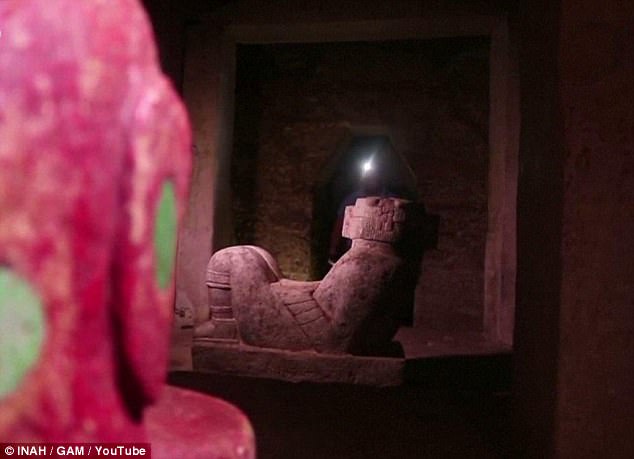
A new analysis of Neanderthal DNA showed today’s humans have more of it than scientists previously thought.
Researchers at the Max Planck Institute have published two new studies digging still further into the little pieces of Homo neanderthalensis left in Homo sapiens – and which promise to add more data for future comparisons.
The traits such as skin tones and hair color, moods, sleeping patterns, and even the habit of smoking are lined up with certain alleles found from the complete 2014 genome, according to one of the studies, in the American Journal of Human Genetics. The findings add to other Neanderthal-associated factors, including height and schizophrenia, and even the presence of the sexually-transmitted human papillomavirus (HPV).
The latest linkages were made through analyzing the DNA of 112,338 participants of UK Biobank study in Great Britain. Assessed 825,927 polymorphic sites on the genome allowed comparison with the Neanderthal genes available.
The data was pared down to 6,210 Neanderthal tag SNPs, and 439,749 modern SNPs.
The results showed that Neanderthal genes represented great variations in skin and hair tones, from light to dark.
“These findings suggest that Neanderthals might have differed in their hair and skin tones, much as people now do,” said Michael Dannemann, first author of the study.
Neanderthal genes continue to be associated with some modern behaviors – including more smoking, and staying up later at night, according to the scientists. The extinct hominid cousins also may have been better adapted to variable and lower levels of sunlight exposure.
The second paper potentially opening new doors into understanding Neanderthal lineage is published in the latest issue of Science. Another Max Planck team successfully sequenced the full genome from a bone in the Vindija Cave in Croatia, which turned out to be a female. (The first full genome from 2014 had been unearthed from a site in the Altai Mountains in Siberia).
But the two genomes show that, even though the two genomes represented individuals who lived far from one another and in completely different time frames, they were very genetically similar.
“Such a close relationship for individuals that lived thousands of kilometers apart and probably thousands of years apart shows that Neanderthals must have had a small population size,” said Fabrizio Mafessoni, one of the authors.
But having the second set of full data will lead to further discoveries, they added. (The first Max Planck paper was only based on the first genome).
“The Croatian Neanderthal genome helps us to identify more of the Neanderthal DNA in humans living today,” said Kay Prufer, another of the Max Planck scientists involved in the work.













